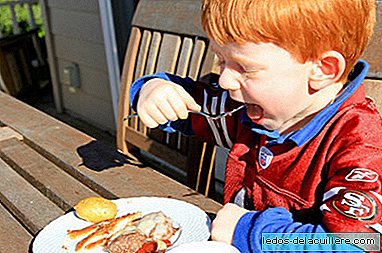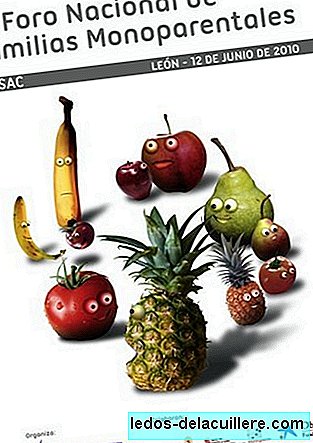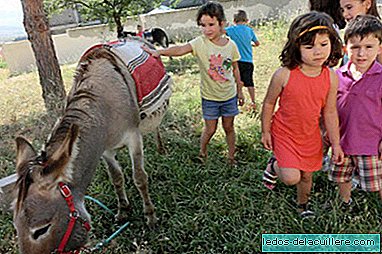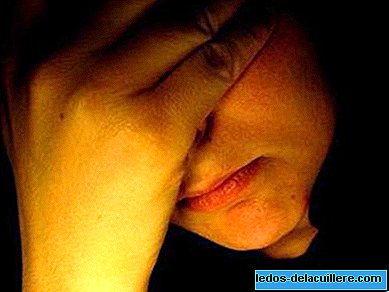
Celiac disease is a permanent gluten intolerance present in different cereals such as wheat, barley, rye, spelled, triticale and probably oats and their derived products.
The average probability of the population of developing active celiac disease is 13%, while approximately 50% of people can develop the latent typeThe symptoms are varied and may even be different according to age. Children between 9 and 24 months have nausea, vomiting diarrhea, bloating, loss of muscle mass and weight, growth failure, laxity and irritability. Once they have reached an older age, they often have a size smaller than that corresponding to their age, have iron deficiency anemia resistant to treatments, rickets and personality problems or character alterations. The so-called dermatitis herpetiformis is very characteristic on the skin.
According to information from FACE, this disease occurs in genetically predisposed individuals and it is characterized by an inflammatory reaction, of immune base, in the mucosa of the small intestine, which hinders the absorption of macro and micronutrients. In this way the intestinal villi of people suffering from celiac disease disappear, food is not absorbed and inflammatory lesions appear.
We rescue from the EnFamilia site that the only treatment valid today is maintain a gluten-free diet throughout life. The disease is not cured, but the diet makes its symptoms disappear and reduces the risk of other related autoimmune problems such as diabetes, thyroiditis and some types of cancer.
What can a celiac child eat?
Celiac they should not eat the cereals involved in this disease: wheat, barley, rye, oats (there are doubts about the importance of oats), but they can take other cereals such as corn or rice.
On the other hand, they can consume without any problem milk and natural derivatives, meat and fish (without batter), eggs, fruits, vegetables, legumes, potatoes, soybeans, oil and sugar.
In the case of processed or industrial foods, gluten is often used as an additive and therefore it is necessary to resort to certificates of the type of "gluten free" and therefore, when you are celiac, it is very important to always check the packaging to know the ingredients and look for products with the "gluten-free" certification (preferably those that have been verified by FACE)
Contamination with small amounts of gluten may be sufficient to reactivate the disease. This forces us to be careful when cooking, using separate containers and spaces for the dishes that are going to consume the celiac
This video of Cúidate CV, can be useful to find the parents of celiac children, a lot of information that will allow them to answer their children's questions about the disease.
In the case of minors, it is as important to avoid gluten, as to try not to feel different.












